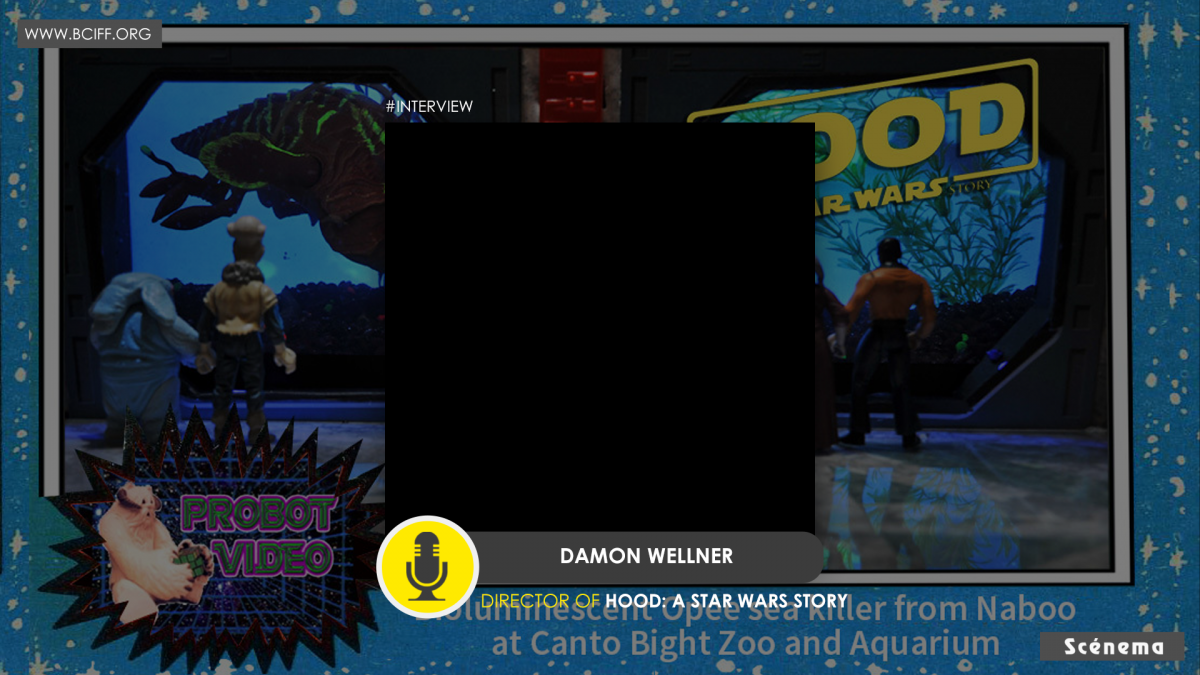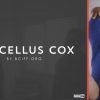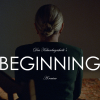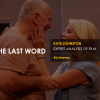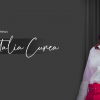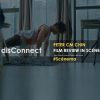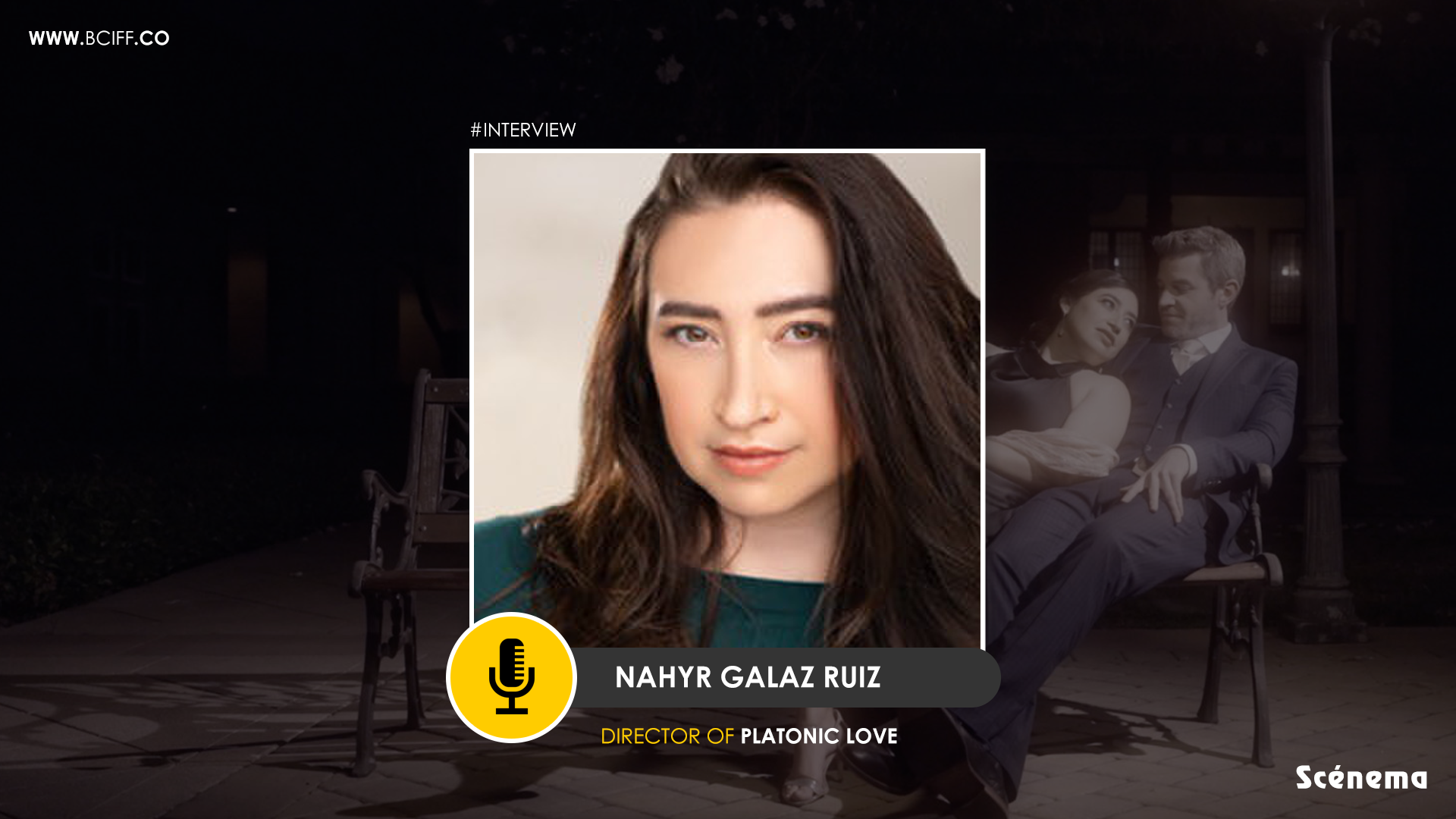Movie : Hood : A star wars story
Director : Damon Wellner
First of all sir, I would like to say that I enjoyed watching the movie. It was funny and tragic in equal proportions. How difficult do you think it is for one to write a story that has both elements of tragedy and comedy simultaneously dominating the narrative?
Thank you so much. It was an honor to participate in your festival.
I think that making films with toys allows me to make a tragic comedy, because it’s all ludicrous to begin with. I like to put my characters through hell, because what’s the point of a character who doesn’t suffer? And to my dark sense of humor, if my characters are toys, the more they suffer, or cause others to suffer, the funnier it is.
Tell us something about the process of writing the story. How did you come up with it? When did it occur to you that you must tell the story of Willrow Hood?
Willrow Hood is a unique character in the Star Wars Universe, because he was plucked from obscurity and elevated to action figure status kind of as an inside joke among fans. He was a background extra who was only on screen for about one second, but he stood out because of the prop he was carrying, which was recognized as an ice cream maker sold on late night infomercials. He was “discovered” in SW fan chat rooms, and named by the fans after the Hood ice cream company, the brand I grew up on, actually. He was made into a toy as the result of a fan poll, after basically all of the speaking roles had been released as toys already. They were scraping the bottom of the ice cream barrel if you will.
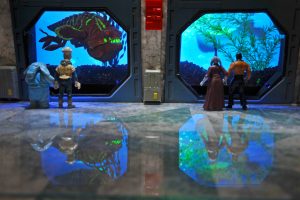 When his action figure was released, the package said his ice cream maker was, in fact, a hard drive containing valuable Rebel Alliance data, and since then, The Mandalorian has retconned the object again, this time to be a safe for valuables, called a “Camtono”. But even that word is an extremely obscure reference to ice cream. Look it up, you won’t be sorry.
When his action figure was released, the package said his ice cream maker was, in fact, a hard drive containing valuable Rebel Alliance data, and since then, The Mandalorian has retconned the object again, this time to be a safe for valuables, called a “Camtono”. But even that word is an extremely obscure reference to ice cream. Look it up, you won’t be sorry.
I felt I needed to make this film to set the record straight. It’s an ice cream maker. Also, this was around the time Disney released ‘Solo’, so it was sort of taking that concept of every character getting a backstory spin-off to the extreme.
Tell us something about the concept of your movie. Tell us something about the methodical planning behind making the movie.
Initially the idea was to make a 30 second, one joke sketch, in which Willrow hears the call for evacuation, runs out the door, but then comes back for his ice cream maker. I wasn’t going to explain anything, just an inside joke for those who would get it. I was trying to keep it short for a change and be more like Robot Chicken, cranking out more bite sized content, rather than spending months on a film. But then I got to pondering what I would grab and run in such a scenario, and why. For me of course it would just be whatever Star Wars toys I could carry, but why did Willrow NEED to save his ice cream maker? He had to have an irrational attachment to it. And what would lead to that, other than trauma? I also had always wanted to animate a Rancor Monster on a rampage, so that seemed like a good cause for the trauma. Then the idea of a zoo led to asking myself why not let ALL the animals loose. But that was well into the filming process. There’s a lot of freedom that comes with doing everything but the voices myself.
Regarding methodical planning, there actually wasn’t much planning at all, at least not in the traditional sense. There was no script, or even storyboards. I just had rough ideas of what effects I wanted to try, and constructed the plot around that. I built the first set and began shooting before I had most of the ideas that ended up in the film. So many of the ideas came to me in the moment, resulting from asking why not try this? The only thing that I knew was that everything was going to descend into chaos, and nothing needed to be resolved. In the end it took about seven months to make.
What role has the bioscope played in your life? What lured you first to the beautiful world?
I’ve always aspired to be a filmmaker since I first saw “The Making Of Star Wars” at age 6 or 7. I was incredibly lucky because my father was years ahead of his time, opening one of the first video rental stores in the US around 1979. I had a bootleg of Star Wars on Betamax videocassette before Empire Strikes Back was out in theaters. So I was exposed very early to film, and it shaped my understanding of the world. I worked at movie theaters in my teens and twenties, and went to film school in Boston for a few years, but never got my BFA. I began making videos with my toys for cable access TV in 1998. I moved to Los Angeles in 2000 and for a decade worked in film/tv and briefly visual effects. Never actually developed photography skills until I randomly became a red carpet photog and paparazzo for another decade. I never quite got a foothold in The Industry, but my toy projects have given me a second chance as an animator.
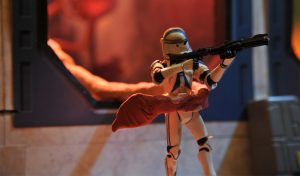
Name a couple of movies you recommend everyone from time to time.
Milos Forman is my favorite director, so I would go with ‘One Flew Over The Cuckoo’s Nest’ and ‘Hair’. Screw happy endings.
What do you has been the impact of the Star wars saga in the world of cinema? It has brought millions of people together from all around.
Has it though? Kidding. Of course it has. But for fans like me it’s long been a source of anxiety as well. I was 5 when SW came out. The perfect age to become hopelessly addicted to the films and almost more importantly, the toys. After ROTJ, the cool kids got sick of Star Wars, and kids like me had to hide their fandom because all the other kids kinda moved on. But I never let it go, in fact I had dreams about SW toys for ten years until they revived the line. Then, starting with the Special Editions, and then the Prequels, and then the Sequels, there was all this controversy and factioning among the fans that rages on to this day, and honestly it’s gotten kind of embarrassing. I have very strong feelings about each of the films, and could go on for hours about it. But there have always been a few things I dislike, but the good usually far outweighed the bad. There’s an ever increasing amount of retconning of the canon, the more they expand and try to connect all the different threads, with mixed success. I have learned to let go of the hate, cringe and laugh through what I dislike, but not let it sour the parts I love. I think sometimes they try too hard to please everyone, and that is why they fail.
How would you describe Willrow Hood, a man of varied preferences? Why do you think despite having very little screentime, he is still an extremely popular character?
Willrow, with his coiffed hair and mustache, is clearly a man of style, driven by passion. What little we know about him, just that he grabbed an ice cream maker with only ten seconds to evacuate, coupled with his slight pot belly, tells me he’s a troubled soul with a dark past that he’s not ready to let go of quite yet. I think he resonates with fans because he represents the line between fans and superfans. If you know who Willrow Hood is, you’re a super SW fan. To me he represents the pure heart of true SW fandom, loving all the small details, even embracing the mistakes, the bloopers, and in this case the blink-and-you-miss-him background extra, only noticed because of a perhaps lazy decision of a Prop Master to hand an ice cream maker to an extra in a crowd scene, and hope no one notices. Fans now cosplay as Willrow for the annual Running Of The Hoods at SW Celebration. He’s an amazing example of fandom contributing to the canon.
How carefully did you have to execute the technical side of the movie because evidently the significance of it is there for everyone to see?
For me the visual effects are the payoff I feel the audience deserves, and especially when promising a Star Wars story, you had better deliver as a filmmaker, so that’s what I try to do, but I also love the challenge of making expensive looking effects on a micro budget. I spend a lot of time on small details that most people won’t ever notice, but my goal has always been to make what I call Toy Cinema, which is to balance the campy amateurish aspects of making stories with toys and no money, with lots of action and eye candy, taking it to a level beyond people’s expectation of a toy movie. When I find this balance, audiences don’t notice or at least forgive all the mistakes.
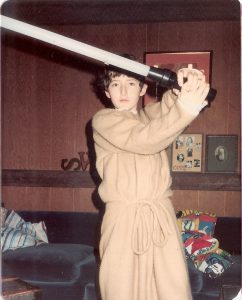
In the movie, you attempted to show a number of occurrences , from ones with levity to serious ones. How difficult does it become to arrange the sequences together keeping the time constraint in mind?
I think HOOD was a unique situation. Most animated films are pre-planned, pre-visualized, pre-recorded, and fine tuned down to the second, before filming begins. For me, the ideas only really began to flow after I built the sets and began shooting. As I’ve said, I think visually and work backwards from there. This flexibility allowed the film to sort of be written on the fly. For example, having the Clones drop in and having all of the cages open wasn’t part of the plan until I got to filming that part of the story. I realized I could build up the flashback to a climax of unleashed chaos and then suddenly flash forward without having to resolve any of it, because none of it really matters besides Willrow getting out alive. To me, the “serious” moments aren’t serious at all, they are just deeper, darker jokes because, again, I love to make my toy characters suffer. For example, Willrow’s doomed fiancée is another obscure background extra, played by none other than George Lucas’ daughter. Dooming my chances to ever work for Lucasfilm with one bite. However, if I have successfully made anyone feel actual sympathy for these exponentially fictional characters, in that they are fiction based on fiction, then I have succeeded in becoming a filmmaker because my emotional manipulation skills are on point.
In the final scene, as Hood evacuates the place because of the invasion, do you believe he leaves with the ice cream making Machine?
If you think about it, nothing really happens in “HOOD”. A guy daydreams while eating ice cream, then runs out the door. The End. I don’t really give the audience much closure. The film asks more questions than it answers. I’ll tell you exactly what JJ Abrams told me, no lie, when I asked him point blank how Kylo Ren recognized Anakin and Luke’s lightsaber as belonging to his family. He said, “Just wait for the next movie.” Unfortunately, he was just bullshitting me. However I am not. I am currently writing “HOOD 2”, and actually plan on writing the script first this time.
How did you envision the tussle between good and evil in your movie, the collision of order against chaos?
I think the message, if any, of HOOD is that, despite all of us knowing that, in the end, we all will succumb to the inevitable chaos of life, we must persist as though there is a chance for good to win over evil. After all, we’ve made it this far. Willrow Hood chose to face the Rancor, lived to tell about it, and will do all he can not to let the Empire take what remains of his joy, sprinkled with jimmies of painful memories.
Tell us something about the dialogues in the movie. How important were they to bring out the character of Willrow Hood and his relationship with the woman he was evidently in love with?
Luckily, I had great voice actors in Mychael Anthony and Jen Yarbrough in the lead roles.
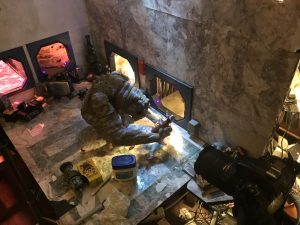 Like I said, there was never a script. All of the dialogue was an afterthought, to be honest. Frosting on the cake, I suppose. I mostly wanted to capture the feeling of a couple in that early, passionate phase of love, when you realize it’s getting real, but you’re still trying to impress each other. The most tragic time to lose it, when so much potential lies ahead. I filmed maybe half the story before recording any dialogue, then pieced it together over several sessions. Some of the lines were written and recorded before filming particular shots, while other parts were recorded with my actors ad-libbing while watching the playback, like the old Popeye cartoons.
Like I said, there was never a script. All of the dialogue was an afterthought, to be honest. Frosting on the cake, I suppose. I mostly wanted to capture the feeling of a couple in that early, passionate phase of love, when you realize it’s getting real, but you’re still trying to impress each other. The most tragic time to lose it, when so much potential lies ahead. I filmed maybe half the story before recording any dialogue, then pieced it together over several sessions. Some of the lines were written and recorded before filming particular shots, while other parts were recorded with my actors ad-libbing while watching the playback, like the old Popeye cartoons.
Myke is my friend who I met in my detour career as a paparazzo. We both worked for TMZ for a time, but Myke is also a talented comedian. He, in my opinion, made Willrow immediately likable, hooking the audience to go along for the ride.
For Jen’s lines, I just sent the pages to her and she recorded herself, with the help of my long-time collaborator, Sebastian Bendix. I knew I could completely trust them to handle it and deliver exactly what was needed.
Initially I only planned on making only one or two specific SW dialogue callbacks, because you have to, but I soon realized I could find an old or new SW line to recycle to fit almost every line of the film, and squeezed as much humor as I could out of that. The more obscure the reference, and/or ironic the line delivery, the funnier it is on the rebound. The more a character makes you laugh, the more it hurts when you see the Rancor eat them. That was my goal.

